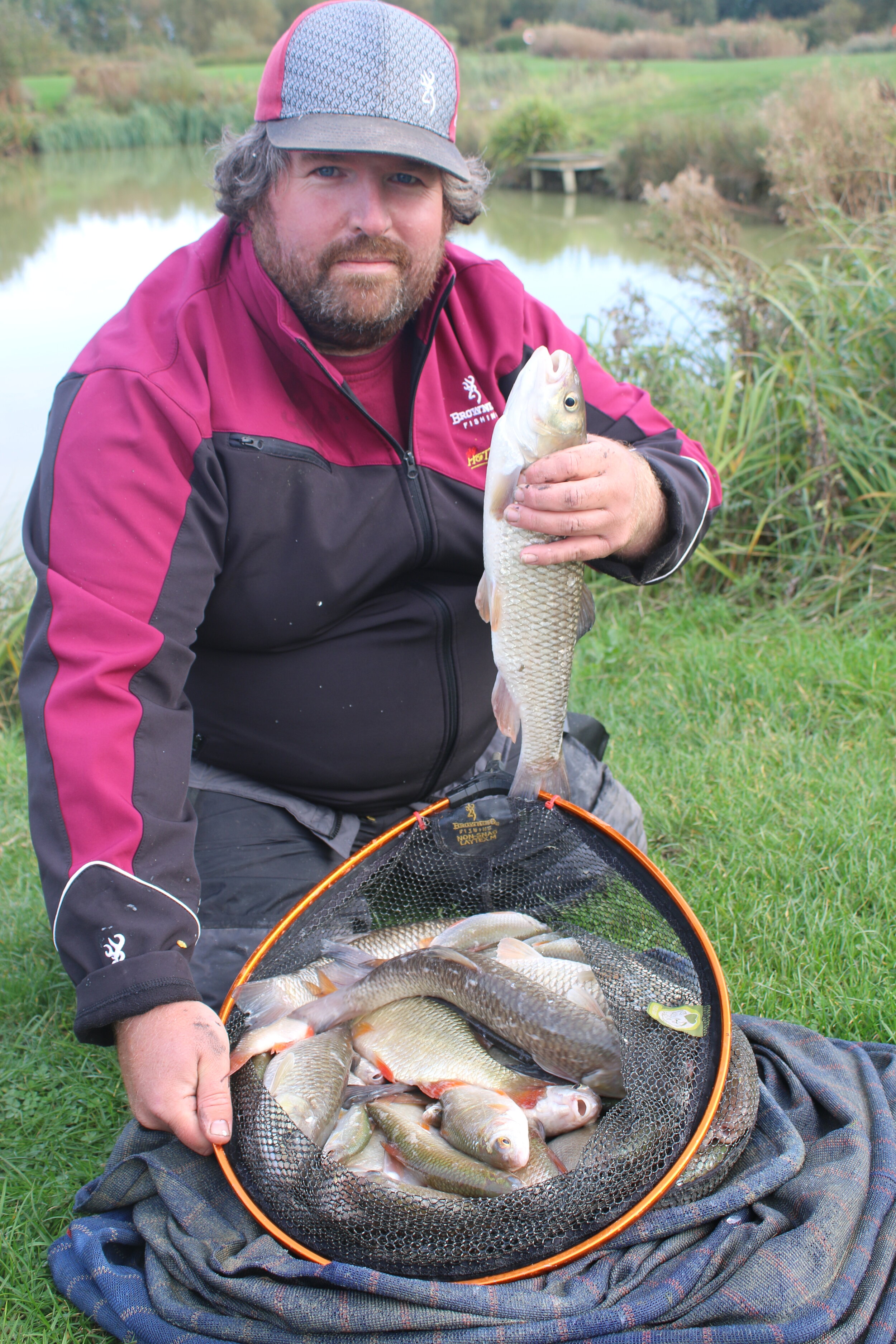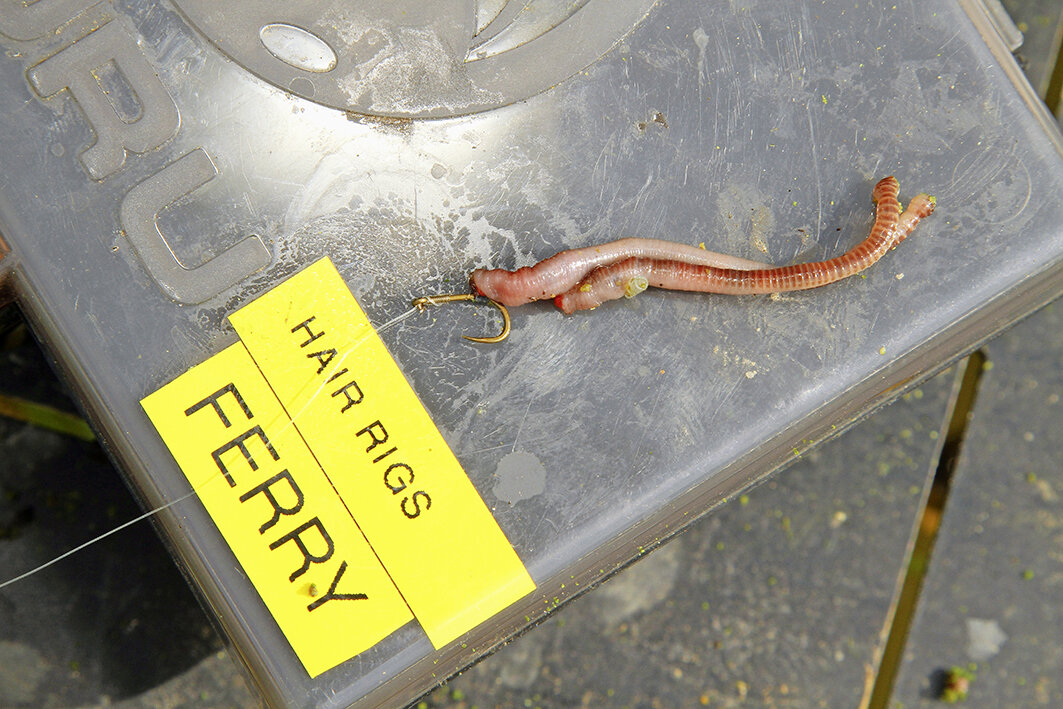How to catch barbel on lures
Getting bored of using meat and pellets to help you catch your barbel well Sam Edmonds has got an interesting new tactic which is turning up some surprising results. Check out his new tactic below.
When I first started lure fishing I never believed it was possible to catch a barbel on a lure. That all changed when I was fishing the Warwickshire Avon with my father and Dr Paul Garner, and Dad caught one on a jigged twintail lure.
To say we were surprised was an understatement, but the more we thought about it the more it made sense. Why wouldn’t they take a softbait which resembles a small crayfish or an aquatic insect? That’s what they eat naturally!
Since then, I’ve learnt a lot about targeting barbel with soft plastics. I’m not saying it’s the easiest way to catch a barbel, but tricking one into taking a lure is a very exciting experience indeed.
The right conditions
Since the start of the season I’ve been making the most of the weather, which has been perfect for stalking chub and barbel. The crystal-clear rivers and sunshine help you spot the fish.
Stalking any fish is exciting, and the cast is the make-or-break moment that determines whether you hook or spook one.
Choosing the right moment to cast is important, because the lure needs to land inches in front of the barbel’s nose.
This may require waiting a while for a fish to move into a position where you’re able to cast a lure just in front of it.
If you can get the cast right, watching a barbel pounce on your lure as it hits the bottom is an awesome sight. I’m amazed at how eager they can be to chase down a lure, often beating chub to it.
Rig up safely
The gear I use is a light but powerful spinning rod of around 7ft that can cast up to 18g (5/8oz), paired with a 2000–2500 sized front drag reel.
It’s important that this is spooled up with a good-quality braid that is strong enough to bully a fish out from reeds, streamer weed and snags, but also has a fine diameter, making it easy to cast tiny weights accurately – I’ve been using either 15lb or 20lb.
A small swivel connects the braid to a fluoro leader of 12lb-15lb, which is about 16ins long.
This then tied to the lure, a small creature bait around 1ins-2ins long, rigged on to a jighead.
Which baits to try
A soft bait that has worked very well for me has been the Berkley Power Nymph, which looks like a cross between a baby crayfish and a nymph. Small curltails, twintails and grubs are also worth a try, and I opt for natural colours.
When it comes to jigheads, I’ve been using 2g, which has been a good weight for getting down to the bottom and also makes the appendages of the creature bait kick into action.
If the current were stronger I’d consider stepping up to 3g or more. The 2g jigheads I’ve been using have a strong size 6 or 8 hook, which is perfect for rigging on creature baits.











